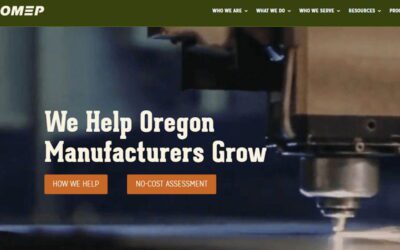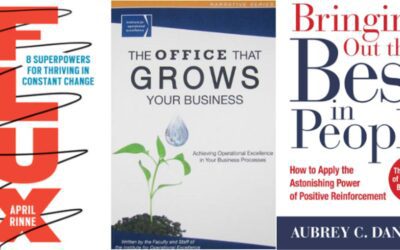This month’s guest blog post features Rose Marshall of Innovation Frameworks LLC. She is an OMEP partner and presented most recently at the Oregon Manufacturers’ Summit on Employee Engegement.
HAVING ENGAGED EMPLOYEES IS IMPORTANT
Studies by Gallup and other respected research facilities tout the benefits of engaged employees. Performance indicators between companies who have high vs low engagement scores are drastically different. These studies also show that in the US, 70% of all manufacturing employees are poorly engaged Furthermore, Oregon now ranks in the lower third of the nation. This means opportunities exist to learn and apply best practices of employee engagement . Fortunately, there are simple things that you can do to significantly broaden employee engagement in your company.
BACKGROUND
Through a grant sponsored by the Hitachi Foundation to the Northwest Food Processors Association’s Education & Research Institute I was chartered to discover a set of top performing companies whose business practices clearly correlated financial performance with employee engagement. Of 90 companies studied, 11 met this criteria. I studied them in depth to identify best practices. Manufacturers in Oregon, Washington and California included both union and non-union, small and large, urban and rural, family-owned and public corporations. In each company, our team investigated and documented the internal philosophies, policies and micro-practices in creating a work environment of high engagement. We uncovered a set of 8 practice areas in place in all these top performing manufacturers.
WHAT WE FOUND
During the study, clear patterns began to emerge. These patterns were deeply engrained in every one of the high performing organizations. Despite diverse, individual business practices, the overall cultures they created were very similar. Each company was truly dedicated to growing and retaining their workforce and maintaining their reputation as a great place to work. In doing so, they attract top talent, need less ‘corrective’ management, and benefit from very low turnover. They tend to bring out the best work and strongest initiatives from the employees. This results in higher product quality, higher customer satisfaction, fewer accidents and economic advantages in the market. This also leads to economic stability, not only for the company, but for the individuals, their families and the communities in which they live.
THE 8 PILLARS
In a nutshell, the 8 Pillars of excellence were:
 1) Communication
1) Communication
2) Hire for Fit
3) On-boarding
4) Training
5) Promoting from within
6) Compensating
7) Both Peer and Management Recognition
8) Coaching (some call it nurturing) to develop potential.
Each company has their own unique activities and approaches to achieving these pillars, but all pillars are in place in every high performance companies. Furthermore, they continually improve each of these pillars. If every Oregon manufacturer would reach for excellence by working on these practice areas, our companies could significantly improve our competitive advantage; improve the lives of individual employees and the communities in which we work.



